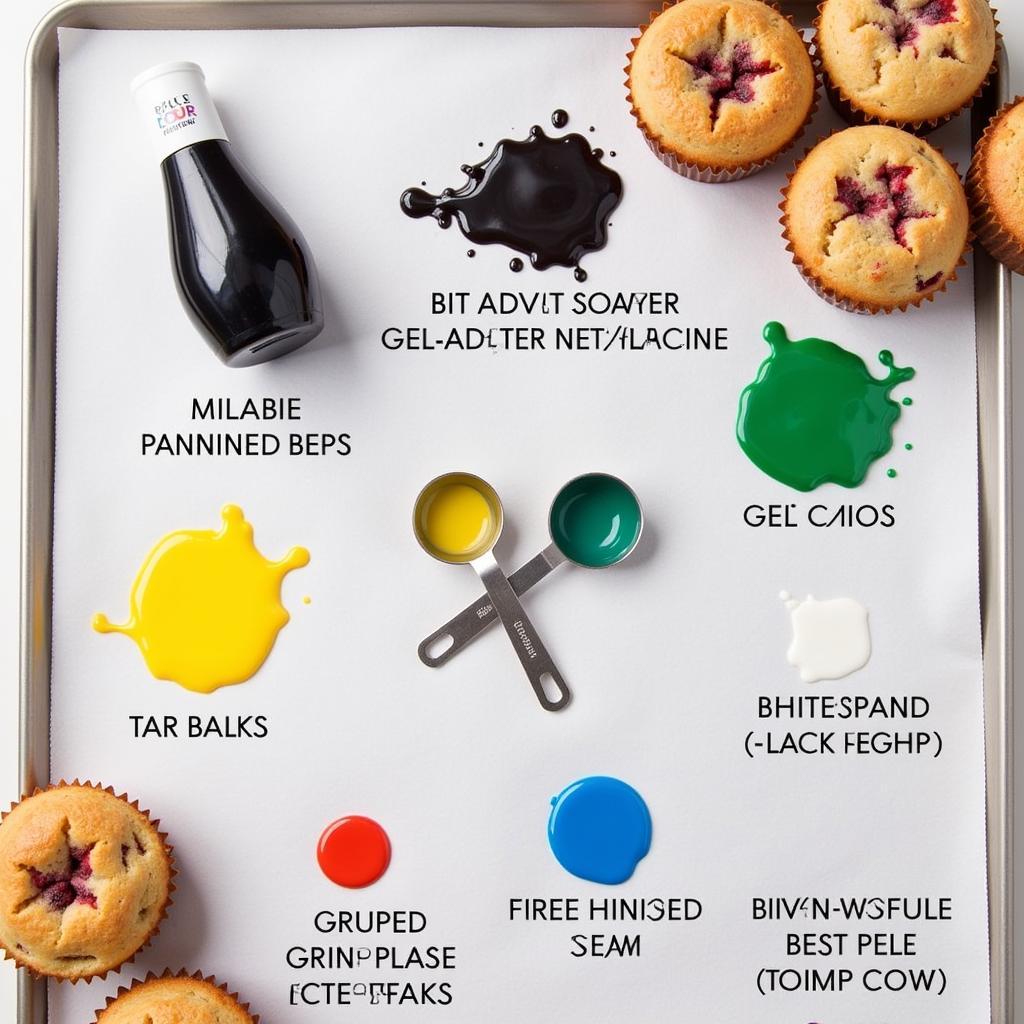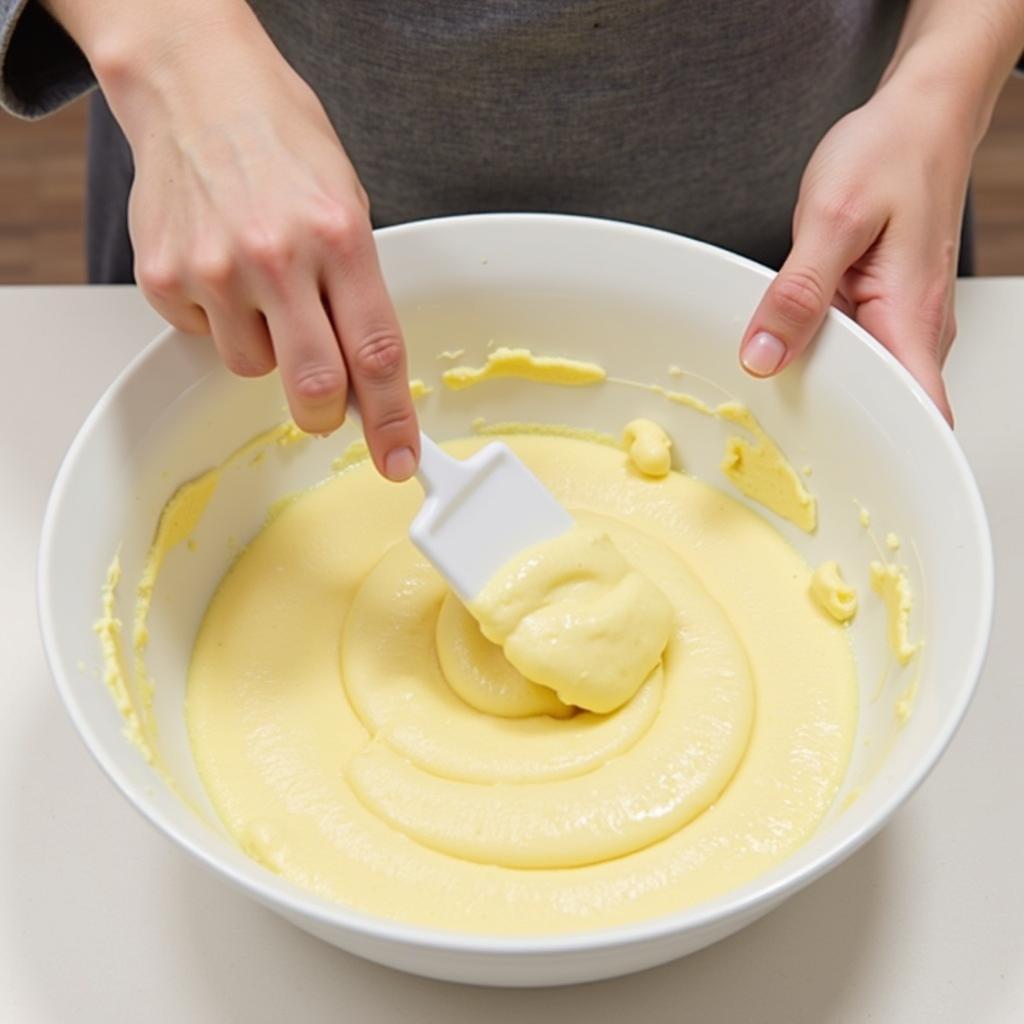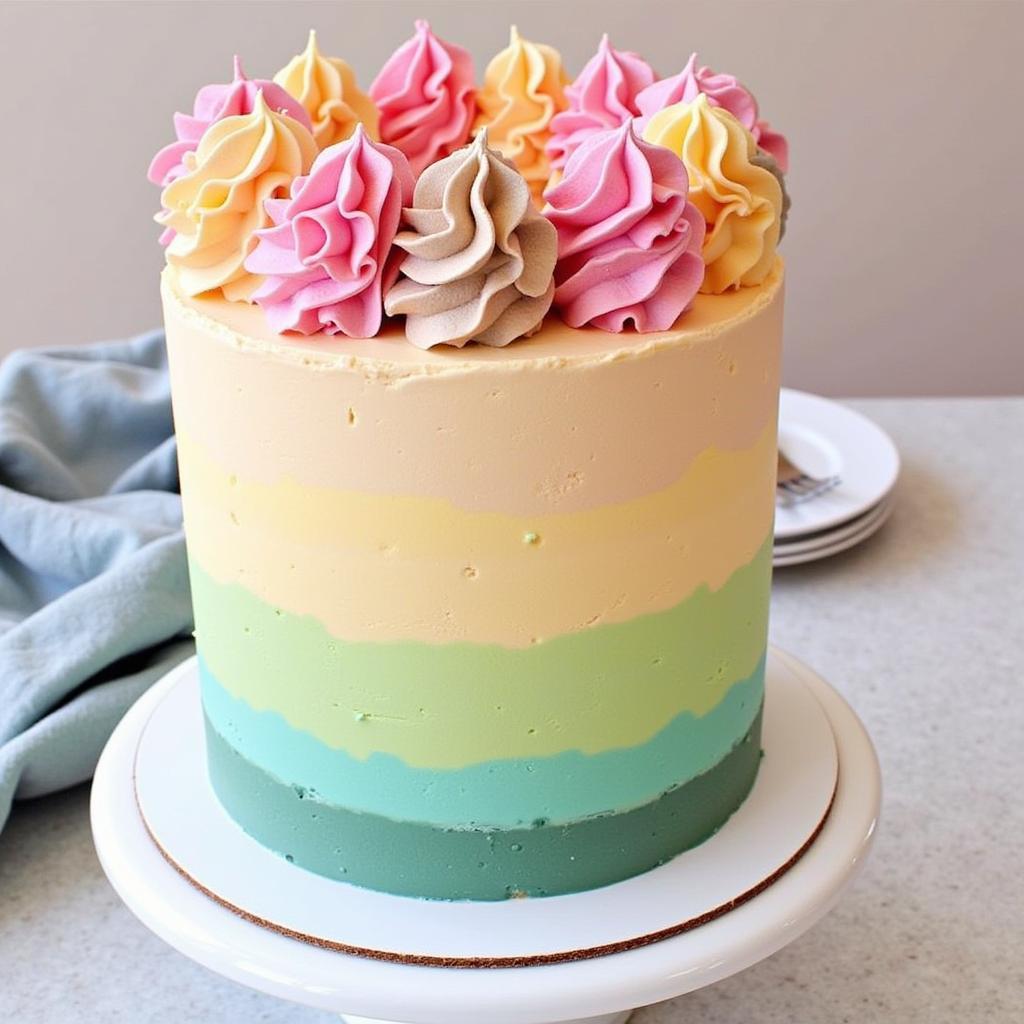Food Coloring For Baking transforms ordinary treats into vibrant masterpieces. Whether you’re aiming for a subtle pastel or a bold, eye-catching hue, understanding the nuances of food coloring is key to achieving baking perfection. This guide explores everything you need to know about food coloring, from types and techniques to safety and creative applications.  Different types of food coloring for baking comparison
Different types of food coloring for baking comparison
Choosing the Right Food Coloring for Baking
Selecting the right food coloring is crucial for achieving desired results. Several types of food coloring are available, each with its own strengths and weaknesses. Liquid food coloring is a common and affordable option, ideal for tinting lighter-colored batters and frostings. However, it can thin out mixtures if used in large amounts. Gel food coloring, on the other hand, offers concentrated color and won’t alter the consistency of your recipes. This makes it perfect for vibrant shades and intricate designs. For those seeking natural alternatives, super natural food coloring provides a range of colors derived from fruits and vegetables. Powdered food coloring is another option, offering intense hues and a long shelf life.
What is the best type of food coloring for vibrant colors? Gel food coloring offers concentrated color payoff.
Natural vs. Artificial Food Coloring: Making the Right Choice
The debate between natural and artificial food coloring often centers around health concerns and color intensity. Artificial food colorings are known for their vibrant hues and stability, while natural options may offer a more subtle color palette. However, with advancements in natural food coloring technology, achieving vibrant colors with natural ingredients is becoming increasingly possible. Consider your priorities—vibrant hues, natural ingredients, or a balance of both—when making your selection.
What are the advantages of using natural food coloring? They are often perceived as a healthier option and may appeal to consumers seeking natural ingredients.
Techniques and Tips for Using Food Coloring
Mastering the art of using food coloring involves more than just adding a few drops to your batter. Understanding color theory, proper mixing techniques, and the impact of different ingredients on color can elevate your baking to the next level. Start with a small amount of coloring and gradually add more until you achieve the desired shade. Remember, colors often deepen as the batter bakes.  Techniques for adding food coloring to cake batter
Techniques for adding food coloring to cake batter
Achieving Consistent Color in Your Baked Goods
Achieving consistent color throughout your baked goods requires careful mixing and distribution of the food coloring. For larger batches, consider dividing the batter and coloring each portion separately to ensure uniformity. This method prevents streaks and uneven coloring, especially in multi-layered cakes or intricate designs. Using food colouring pens allows for precise application of color for detailed decorations and personalized messages.
How do you prevent uneven coloring in large batches of batter? Divide the batter and color each portion separately.
Safety and Storage of Food Coloring
When using food coloring, especially artificial varieties, it’s crucial to prioritize safety. Always use food-grade coloring specifically designed for consumption. Check expiration dates and store food coloring in a cool, dark place to maintain its quality and vibrancy. For a touch of sparkle, consider incorporating glitter food into your decorations, ensuring it is also food-grade and safe for consumption.
What type of food coloring is safe for consumption? Always choose food-grade coloring specifically designed for consumption.
Beyond the Basics: Creative Applications of Food Coloring
Food coloring opens a world of possibilities for creative baking. From tie-dye cakes to ombre frosting and intricate patterned cookies, the only limit is your imagination.  Creative uses of food coloring in cake decorating Consider using color mist food color spray for a quick and easy way to add a touch of color to your finished products. Experiment with gel food to create vibrant and bold designs on your cakes and cupcakes.
Creative uses of food coloring in cake decorating Consider using color mist food color spray for a quick and easy way to add a touch of color to your finished products. Experiment with gel food to create vibrant and bold designs on your cakes and cupcakes.
“Food coloring is an artist’s palette for the baker,” says renowned pastry chef, Amelia Dubois. “It allows us to transform simple ingredients into edible works of art, bringing joy and excitement to every bite.”
Conclusion
Food coloring for baking is more than just a way to add color; it’s a tool for creative expression and culinary artistry. By understanding the different types, techniques, and safety considerations, you can unlock the full potential of food coloring and elevate your baking to new heights. Whether you’re a seasoned baker or just starting out, experimenting with food coloring can add a touch of magic to your creations.
FAQs about Food Coloring for Baking
- How much food coloring should I use? Start with a small amount and gradually add more until you reach the desired shade.
- Can I mix different food colorings together? Yes, you can mix colors to create custom shades.
- Does food coloring affect the taste of my baked goods? Some artificial colorings may have a slight aftertaste, while natural options generally don’t affect the flavor.
- How do I store leftover food coloring? Store in a cool, dark place, tightly sealed.
- Is food coloring safe for children? Always use food-grade coloring and follow the manufacturer’s instructions.
- Can I use food coloring in icing? Absolutely! Food coloring is frequently used to create vibrant icing colors.
- How can I make brown food coloring? Combine red, blue, and yellow food coloring.
Common Scenarios Using Food Coloring
- Creating vibrant rainbow cakes for birthdays
- Adding a touch of pink to Valentine’s Day cookies
- Making spooky green cupcakes for Halloween
- Decorating festive holiday treats
For further information on specific food coloring products, explore our articles on color mist food color spray and super natural food coloring.
Need help with your baking project? Contact us! Phone: 02437655121, Email: minacones@gmail.com. Our team is available 24/7. Visit us at 3PGH+8R9, ĐT70A, thôn Trung, Bắc Từ Liêm, Hà Nội, Việt Nam.